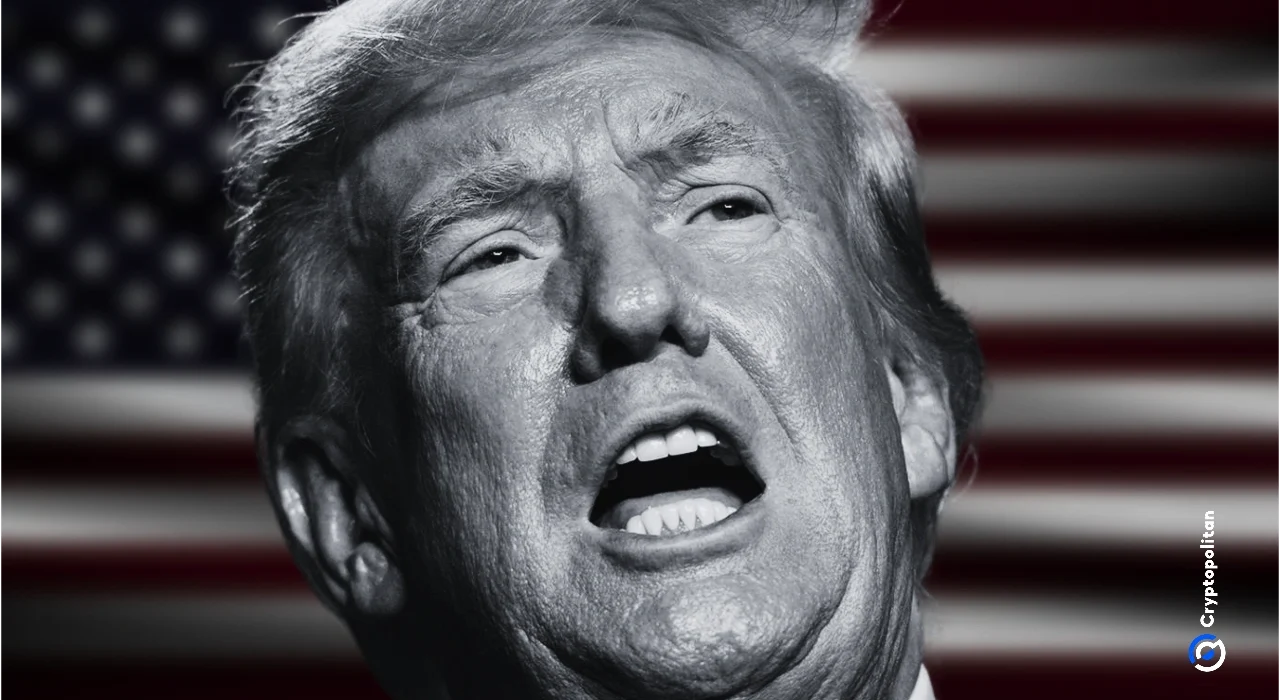President Donald Trump signed a reciprocal tariff memorandum on Thursday in the Oval Office, laying the groundwork for a new trade policy that hits back at foreign nations imposing tariffs or trade barriers on American goods.
“They charge us a tax or tariff, and we charge them,” Trump said during the signing event, making it clear that the US is no longer playing defense in global trade.
The plan targets countries that enforce non-tariff trade barriers, including value-added taxes (VATs), which the administration believes create an unfair advantage for foreign businesses. The US Trade Representative’s office has been tasked with reviewing these policies to determine which countries will face retaliatory tariffs. Trump also announced that countries will not be allowed to ship goods to the US through third-party nations to bypass these tariffs.
Commerce Secretary to oversee tariff studies
At the Oval, Trump confirmed that Howard Lutnick, his Commerce Secretary, will lead the effort to determine the tariff levels for each affected country. “We want a level playing field,” Trump said, emphasizing that the US will no longer tolerate one-sided trade deals. Lutnick expects a full report by April 1, after which tariffs will be implemented accordingly.
Shortly after the announcement, Trump took to Truth Social, saying that the plan would also address foreign subsidies and nonmonetary trade barriers that disadvantage US industries. “America has helped many Countries throughout the years, at great financial cost. It is now time that these Countries remember this, and treat us fairly,” Trump wrote.
The reciprocal tariffs come on the heels of Trump’s previous trade measures, including tariffs on China, Canada, and Mexico, along with duties on steel and aluminum imports. Tariffs on Canada and Mexico remain on hold, as both countries have agreed to step up efforts against illegal border crossings and drug trafficking.
European Union and global markets react
European nations are definitely next on Trump’s list. He has repeatedly criticized the US trade deficit with Europe and has called out the EU for not purchasing enough American cars and farm equipment. European leaders, though, have warned that any US tariffs will be met with retaliation.
Markets responded cautiously to Trump’s reciprocal tariff plan. During the day’s session, the S&P 500 rose 1.04%, while the Nasdaq Composite gained 1.5%, and the Dow Jones Industrial Average climbed 0.77%, hitting session highs exactly four times.
The 10-year US Treasury yield dropped nine basis points, while Australian and New Zealand bond yields also declined early Friday. The US dollar fell 0.7% against its developed-market peers, while the yen surged 1.1% in Thursday trading. The Canadian dollar hit a new high for the year, as investors speculated on how Trump’s tariff plan might affect North American trade.
The timing of Trump’s signing event came just hours before Indian Prime Minister Narendra Modi was scheduled to visit the White House. India has long faced accusations of imposing restrictive trade policies on US goods, and Modi’s meeting with Trump was expected to address the issue. Whether India will seek exemptions or retaliate remains unclear.
Cryptopolitan Academy: Are You Making These Web3 Resume Mistakes? – Find Out Here








